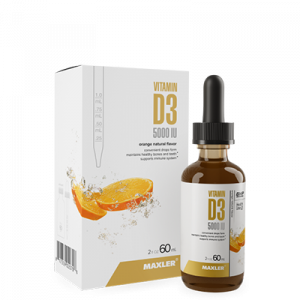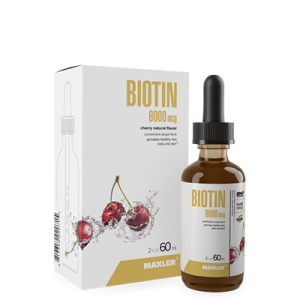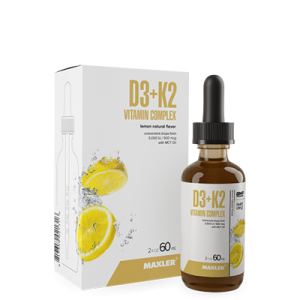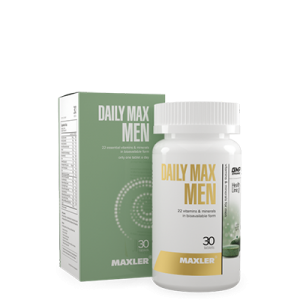Many of us start worrying about consuming enough vitamins during the winter and spring months. The summer abundance of produce hasn’t yet kicked in, and there’s typically less variety of available fresh foods. If you’re starting to think ahead and want to ensure you’re getting enough vitamins, we have your back.
Main signs of avitaminosis
Avitaminosis is a condition where you’re not getting enough of one or more essential vitamins.
Avitaminosis symptoms will depend on which vitamin you’re lacking. So, we’ll go through the most common vitamins and their signs.
Deficiency of vitamin A is characterised by:
- Trouble seeing at night, called night blindness
- Dry skin or itchy skin
- Susceptibility to infections, especially chest infections
Vitamin B deficiency is a bit more complex because there are eight B vitamins. Here are the vitamins and some of the symptoms that you’re not getting enough of them:
- Vitamin B1 – deficiency presents as irritability, tiredness, memory problems
- Vitamin B2 – deficiency manifests through paler skin and painful cracks near the corners of the mouth
- Vitamin B3 – a dark red rash on the body, digestion problems, and tiredness usually characterises deficiency
- Vitamin B5 – it’s rare to be deficient, but symptoms include headaches, tiredness, irritability
- Vitamin B6 – skin inflammation and pins and needles are some of the symptoms of avitaminosis
- Vitamin B7 – insufficient vitamin B7 presents as thinning hair, brittle nails and scaly skin rashes
- Vitamin B9 – folate is essential for making red blood cells, so deficiency can cause tiredness, irritability, paleness
- Vitamin B12 – deficiency is usually noted by paleness, fatigue and weakness
Vitamins of the B group are critical for your mental well-being – that’s why deficiency symptoms are connected to it. Curious? Check out our post.
Deficiency of vitamin C has a few key symptoms:
- Slow healing of wounds
- Bleeding gums
- Tiredness
- Susceptibility to illness, as vitamin C, is vital for the immune system
It’s crucial for smokers to monitor these symptoms, as they tend to need more vitamin C than non-smokers.
Deficiency of vitamin D typically manifests itself as follows:
- Pain in the muscles or bones
- Tingly sensations in the feet or hands
- Muscle weakness or muscle spasms
Avitaminosis symptoms are usually vague and similar, so tests are the only way to find out what the issue is. If you suspect that you might have a deficiency of a vitamin, the best way to check is to reach out to your practitioner. They’ll be able to recommend appropriate tests to check if you’ve actually got avitaminosis. They will also be able to recommend the best way to counteract it – whether that’s through supplements or changes in what you eat.
What Vitamins Can Be Replenished Easily
The good thing is that it’s straightforward for many of us to replenish a deficiency in vitamins.
Most vitamins can be obtained from foods, especially fruits and veggies. You don’t have to get them fresh, either.
Canned fruit and vegetables contain about as many vitamins as fresh ones. Just watch out for added salt and sugar.
Frozen veggies are also a great option. For example, frozen broccoli contains about the same quantity of vitamin C as fresh broccoli.
Eating healthy doesn’t have to mean eating organic and fresh produce all the time. More affordable options can be just as helpful in addressing deficiencies in vitamins.
And as for vitamin D, the best way to get enough is to get plenty of sunshine. In the winter and spring, that might be harder to do in the northern hemisphere. But don’t despair – you only need about 10-30 minutes of sunshine a few days a week!
Meals to cope with avitaminosis
When you’re planning meals to supercharge your vitamin intake, there are a few things to keep in mind:
- Plan your meals around vegetables and fruit
- Get plenty of whole grains
- Choose lower-fat protein sources and increase your intake of legumes
Need inspiration? Check out our recipes, which contain plenty of veggie-rich options!
Biologically Active Food Supplements
If, for any reason, you’re finding it hard to meet your requirements from foods, or you need a higher dose, try a supplement. They can be an effective way to meet the intake of key vitamins.
Biologically active food supplements contain vitamins in convenient forms. The most common form is pills. Softgels are an excellent form for fat-soluble vitamins, which are easy to swallow. However, you can find vitamins in drop form, like Maxler Biotin 6000 mg.
Alternatively, gummies can be a good option for younger people or those who don’t like swallowing pills. The Maxler gummy range provides daily vitamins in a variety of fun shapes and sizes.

Vitamin D3 5000IU Drops
How do you administer vitamins?
If you’ve decided to try supplementing your vitamins or if you’ve been recommended to do so by a professional, here are some tips on administering vitamins.
- If you’re taking fat-soluble vitamins like vitamin D, vitamin A or vitamin E, take them with a meal or with a fat source. This will improve their absorption.
- You can take water-soluble vitamins at any point with water. They don’t have to be taken at meal times, but it might be a good idea if you experience stomach discomfort.
- Consider a multivitamin if you need to address deficiencies in multiple vitamins at once.
- Take vitamins regularly for the best results. Find a time that works for you. Breakfast is an easy-to-remember time to do so.
- Choose vitamins of high quality. Look for manufacturers that have high standards. For example, all Maxler products are made in IFS and GMP-certified factories, adhering to rigorous, standards.
Deficiency in vitamins can be accompanied by uncomfortable symptoms. However, it’s straightforward to overcome. By choosing foods high in vitamins, like fruits and veggies, you can replenish your stores. Otherwise, biologically active supplements may be a convenient choice. Beat spring avitaminosis by being prepared!











